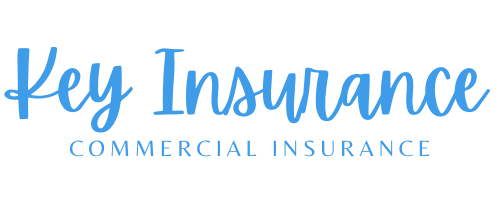About Homeowner's Insurance
Get Free Quotes Now!
This is the type of property insurance that covers private homes. Homeowners Insurance combines various personal insurance protections, which can include losses occurring to one’s home, its contents, loss of its use, or loss of other personal possessions of the homeowner, as well as liability insurance for accidents that may happen at the home. It states that at least one of the named insured occupies the home. Typically, claims due to floods, or war are excluded. Insurance must be updated to the present value at, and an appraisal paid by the insurance company will be added on to the policy premium. Fire insurance will require a special premium charge, plus the addition of smoke detectors and on site fire suppression systems to qualify.
The home insurance policy is usually a term contract—a contract that is in effect for a fixed period of time. The payment the insured makes each term is called the premium. Most insurers charge a lower premium if it appears less likely the home will be damaged or destroyed: for example, if the house is equipped with fire sprinklers and fire alarms you may pay lower premiums. Perpetual insurance, which is a type of home insurance without a fixed term, can also be obtained in certain areas.
In the United States, most home buyers borrow money in the form of a mortgage loan, and the mortgage lender always requires that the buyer purchase homeowners insurance as a condition of the loan, in order to protect the bank if the home were to be destroyed. Anyone with an insurable interest in the property should be listed on the policy. In some cases the mortgagee will waive the need for the mortgagor to carry homeowner’s insurance if the value of the land exceeds the amount of the mortgage balance. In a case like this even the total destruction of any buildings would not affect the ability of the lender to be able to foreclose and recover the full amount of the loan.
The insurance crisis in Florida has meant that some waterfront property owners in that state have had to make that decision due to the high cost of premiums.
Types of Homeowners Insurance
• HO1 – Basic Homeowner Policy – A basic policy form that provides coverage on a home against 11 listed perils; contents are generally included in this type of coverage, but must be explicitly enumerated. The perils include fire or lightning, windstorm or hail, vandalism or malicious mischief, theft, damage from vehicles and aircraft, explosion riot or civil commotion, glass breakage, smoke, volcanic eruption, and personal liability. Exceptions include floods, earthquakes.
• HO2 – Broad Homeowner Policy – A more advanced form that provides coverage on a home against 17 listed perils (including all 11 on the HO1). The coverage is usually a “named perils” policy, which lists the events that would be covered.
• HO3 – All Risk Homeowner Policy – The typical, most comprehensive form used for single-family homes. The policy provides “all risk” coverage on the home with some perils excluded, such as earthquake and flood.
• HO4 – Renter’s Insurance – The “Tenants” form is for renters. It covers personal property against the same perils as the HO2.
• HO6 – Condominium Policy – The form for condominium owners.
• HO8 – Older Houses – The “Modified Coverage” form is for the owner-occupied older home whose replacement cost far exceeds the property’s market value.
Coverages
For each policy, there are typically six classifications of coverage.
• Coverage A – Dwelling – Covers the value of the dwelling itself and exlcudes land. Typically, a coinsurance clause states that as long as the dwelling is insured to 80% of actual value, it will be replaced. This is in place to give a buffer against inflation. HO-4 (renter’s insurance) typically has no Coverage A, although it has additional coverages for improvements.
• Coverage B – Other Structures – Covers other structure around the property which are not used for business, except as a private garage. Typically limited at 10% of the Coverage A.
• Coverage C – Personal Property – Covers personal property, with limits for the theft and loss of particular classes of items. Typically 50 to 70% of coverage A is required for contents, which means that consumers may pay for much more insurance than necessary. This has led to some calls for more choice.
• Coverage D – Loss of Use/Additional Living Expenses – Covers expenses associated with additional living expenses and fair rental value, if part of the residence was rented, however only the rental income for the actual rent of the space not services provided such as utilities.
Additional Coverages – Covers a variety of expenses such as debris removal, damage to trees and shrubs for certain named perils (excluding the most common causes of damage, wind and ice), fire department changes, removal of property, credit card / identity theft charges, loss assessment, collapse, landlord’s furnishing, and some building additions. These vary depending upon the form.
Exclusions – In an open perils policy, specific exclusions will be stated in this section. These generally include earth movement, water damage, power failure, neglect, war, nuclear hazard, intentional loss, and concurrent causation (for HO-3).
Other Homeowners Insurance Options include…
• DP-1 (Basic)
• DP-2 (Broad)
• DP-3 (Special)
These are rarely used policy types anymore, but still can be found. The coverage is much better and more cost effective with an HO policy.
